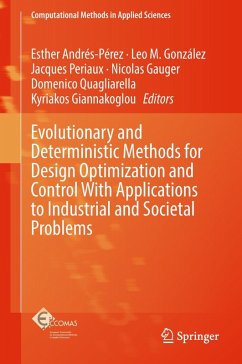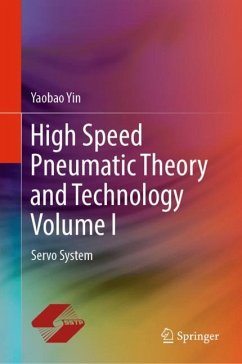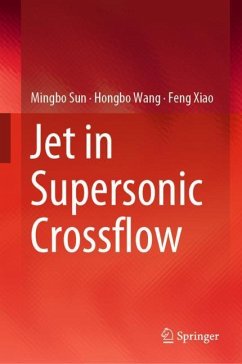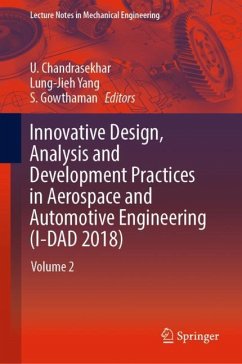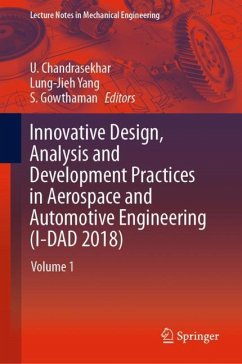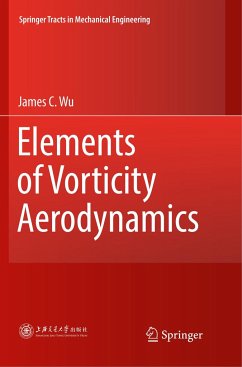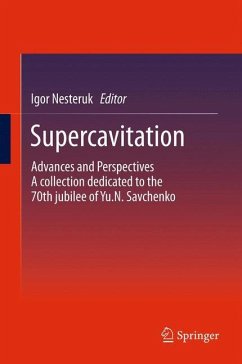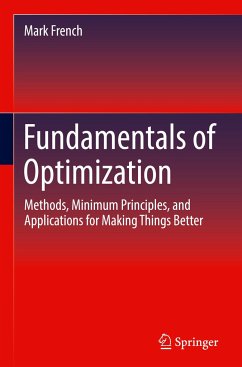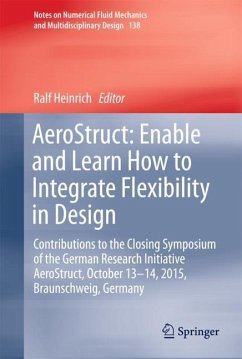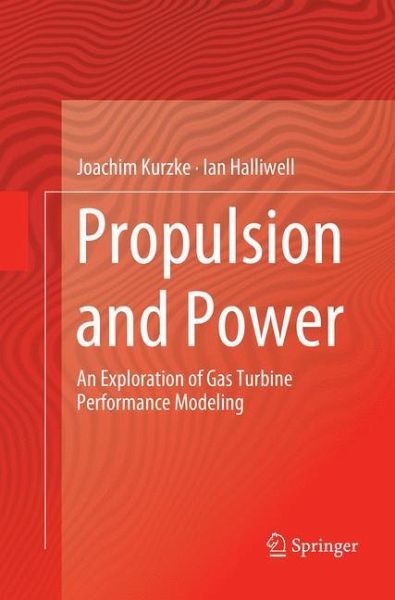
Propulsion and Power
An Exploration of Gas Turbine Performance Modeling
Versandkostenfrei!
Versandfertig in 6-10 Tagen
137,99 €
inkl. MwSt.
Weitere Ausgaben:

PAYBACK Punkte
69 °P sammeln!
The book is written for engineers and students who wish to address the preliminary design of gas turbine engines, as well as the associated performance calculations, in a practical manner. A basic knowledge of thermodynamics and turbomachinery is a prerequisite for understanding the concepts and ideas described. The book is also intended for teachers as a source of information for lecture materials and exercises for their students. It is extensively illustrated with examples and data from real engine cycles, all of which can be reproduced with GasTurb (TM). It discusses the practical applicati...
The book is written for engineers and students who wish to address the preliminary design of gas turbine engines, as well as the associated performance calculations, in a practical manner. A basic knowledge of thermodynamics and turbomachinery is a prerequisite for understanding the concepts and ideas described. The book is also intended for teachers as a source of information for lecture materials and exercises for their students. It is extensively illustrated with examples and data from real engine cycles, all of which can be reproduced with GasTurb (TM). It discusses the practical application of thermodynamic, aerodynamic and mechanical principles. The authors describe the theoretical background of the simulation elements and the relevant correlations through which they are applied, however they refrain from detailed scientific derivations.




